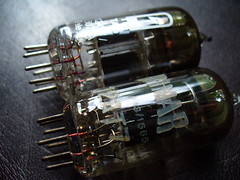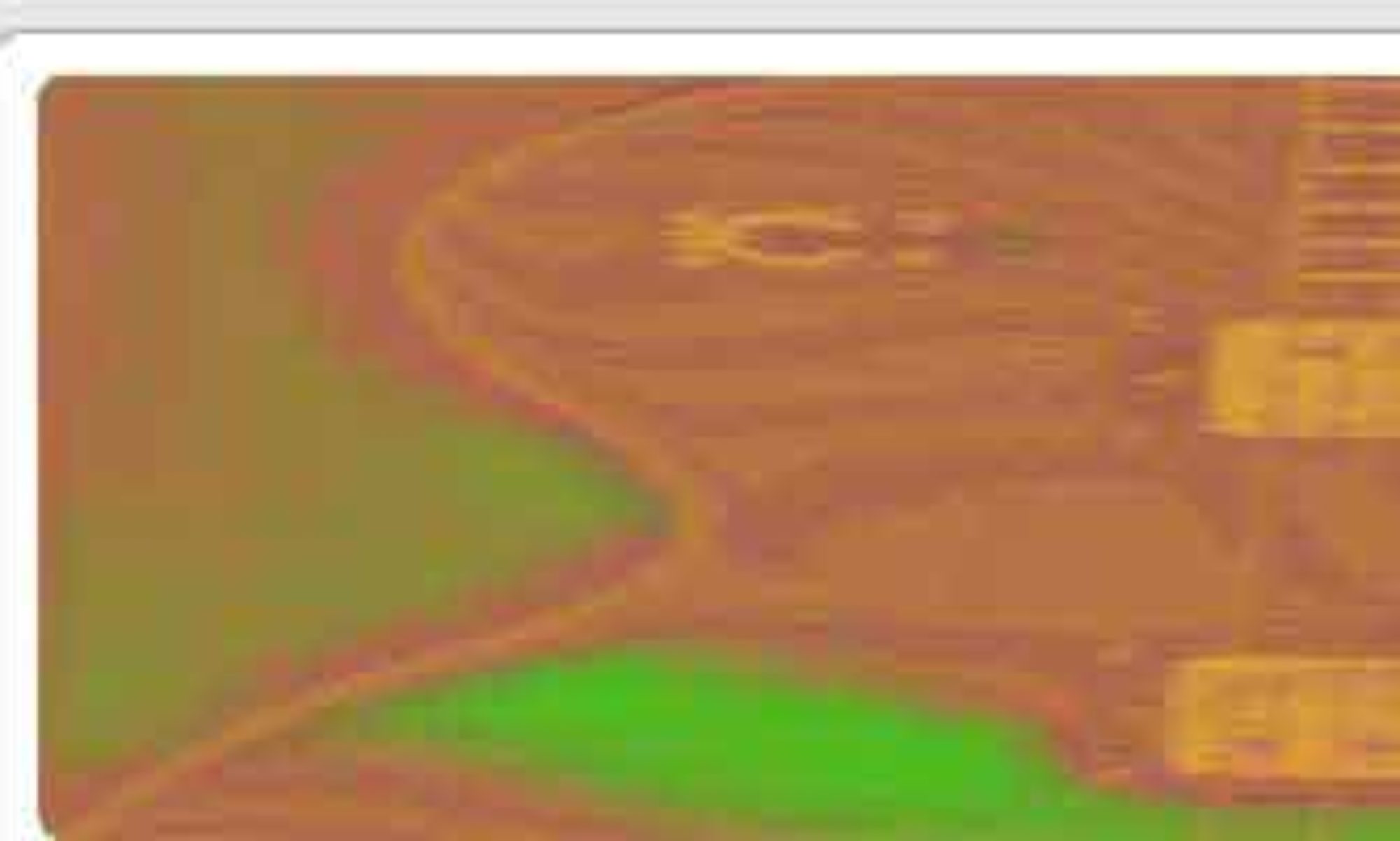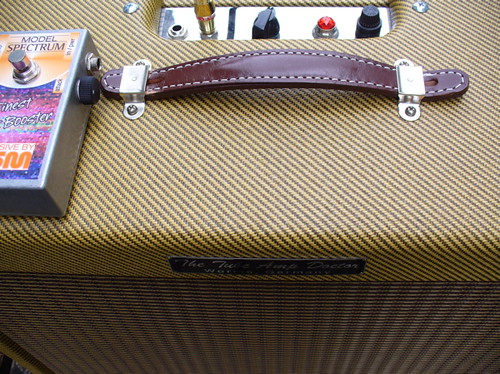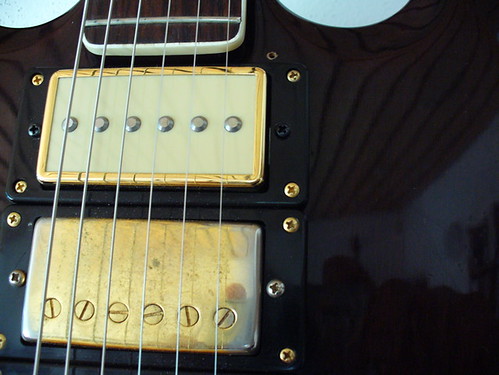
From time to time one has to go back to the roots. The roots of this current creative period in my life are, oddly enough, technical aspects of guitar sound. The point is, I don’t see it like that. I don’t care too much about technics. But I’m amazed by what sound can do to your playing, and thus contribute to your creativity. There are periods when I’m playing around like a child, glad to have found new toys. It happened again these days, and so I have to make you wait some more for the promised recordings of the modified Ibanez SG. But I have already recorded some tracks. One of them needs further overdubs, and all of them need to be mixed…
My latest toys are preamp tubes. I read an article in my favorite (German) guitar magazine “Gitarre & Bass” about how different preamp tubes can affect your sound. It said you can easily exchange these tubes without further adjustment – because they are interchangeable. The difference is in the gain they offer, and in the cleaner or crunchier sound you obtain. Lower gain tubes may contribute to a more stable and cleaner tone. Whoever wants to achieve a vintage sound, should consider replacing some tubes. For most of us it’s not necessary to get the most power out of our amps. I mostly have enough headroom to enjoy being able to crank up the volume a little more than usual, because I use to play in a kind of living room studio…
I had built a Fender Tweed champ from a DIY amp kit several months ago. Now I read in the magazine these 50s amps had a 12AY7 tube instead of a 12AX7. I was eager to hear the alleged more authentic sound of the original tube, and when I received it I found out it had somewhat more treble, and gave a cleaner and more stable tone, just like it said. For lack of comparison I do not know, however, if this sound is more “authentic”.
Here is a list of the most common preamp tubes (valves) from higher to lower gain levels:
12AX7 (ECC83 in European terms): the most common preamp tube today, and high gain. The 7025 is a high grade version of the same type which I prefer for the first input stage.
12AT7 (ECC81): used in Fender amps, often for Reverb, about 60 to 70% of the 12AX7’s gain.
12AY7 (6072): as a preamp tube in 50’s Fender amps (Tweed era), and about 50% of the 12AX7’s gain.
12AU7 (ECC82): mostly in HiFi amps, even lower gain than 12AY7. I had to crank up the volume very high to achieve enough resonance, but I was rewarded with a slim and contoured sound with lots of treble.
(The 5751 is similar to the 12AX7, but only has about 70% of its gain. Often recommended as a replacement for the first input stage to achieve a cleaner sound. I haven’t had the chance to try it yet.)
My Champ didn’t have an abundance of treble, and so I ended up with the 12AY7, that allowed for more gain than the 12AU7, but still had some crispness. I have to add, though, that a single coil strat for example, may require more gain to create enough crunch or distortion for your desired sound, and thus the 12AX7 could be the best choice. You just have to try and compare. Go and buy some preamp tubes. Even if you own a hybrid amp with a single tube in the circuit, it can be rewarding to try different types of high quality. If you stick to the high gain 12AX7, try a 7025! It’s virtually the same, but extra rugged and with a more detailed resolution. Also note that there are significant differences in sound and quality between different brands of tubes, depending on when and where they were produced. There seems to exist no equivalent for original RCA, Siemens, Mullard, Valvo and so on. Today’s tubes are produced in just a few countries, but quality is on a rise.
Most of my tube amps are housing new preamp tubes now, the Vox AC 15 Heritage (also with better EL 84s), the old Vox AC 50 (lent by Markus), and the Tweed Champ. For the AC 50 which is from around 1965, I found an original British Mullard ECC83 (my father had stored many tubes in the basement), and the old tube is great in the old amp!














